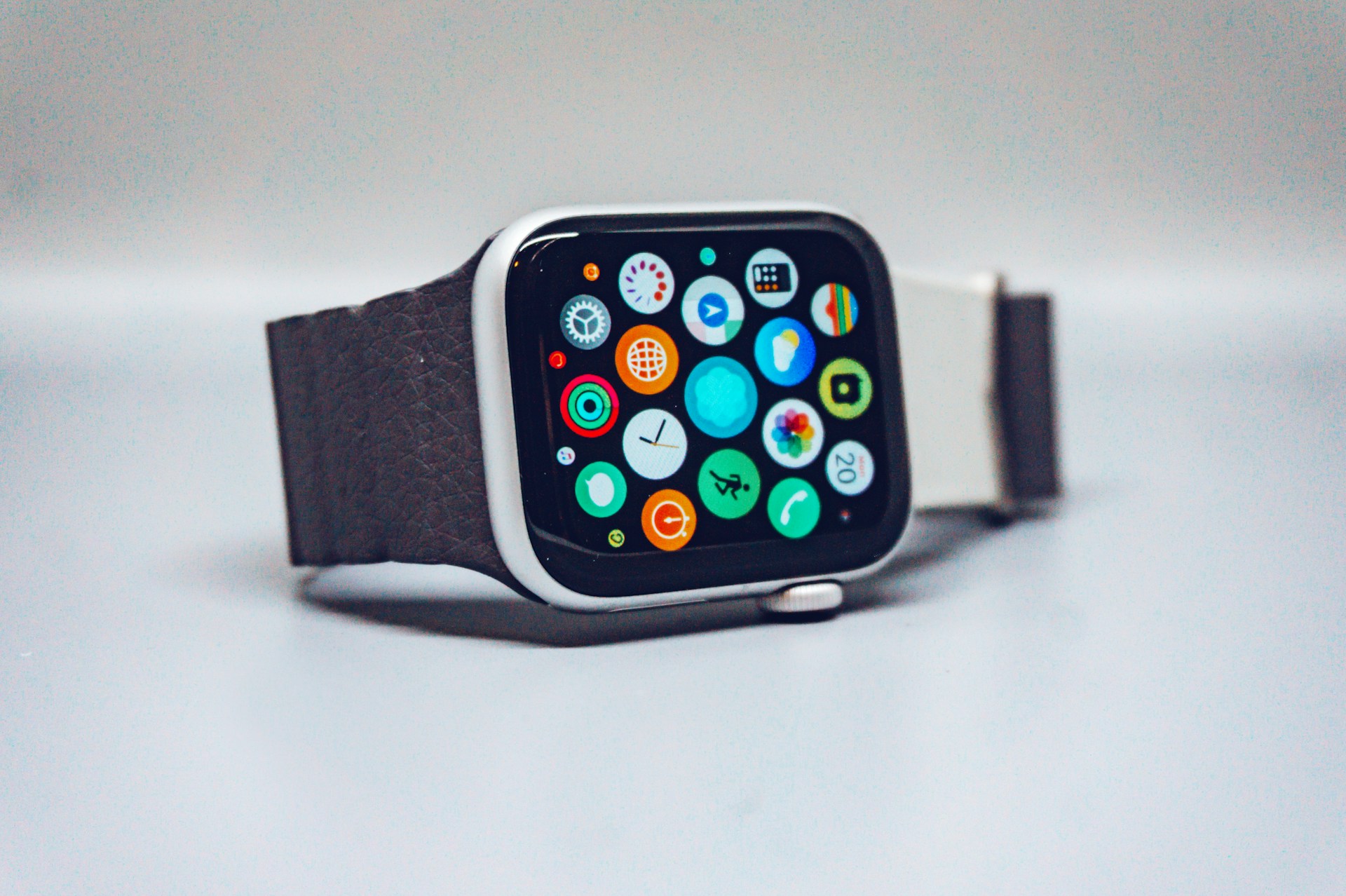The Evolution of Wearable Electronics: From Gadgets to Essential Tech
Wearable electronics have come a long way from being futuristic concepts to essential tools in our daily lives. What started as simple pedometers and fitness trackers has now evolved into advanced smartwatches, smart glasses, and even wearable medical devices. These innovations are transforming industries such as healthcare, fitness, entertainment, and communication, making technology more accessible and integrated into human experiences.
1. The Rise of Wearable Technology
The demand for wearables has skyrocketed due to their ability to provide real-time data, hands-free functionality, and enhanced convenience. Some of the most popular wearable electronics include:
- Smartwatches: Devices like the Apple Watch and Samsung Galaxy Watch offer fitness tracking, heart rate monitoring, and smartphone notifications.
- Fitness Trackers: Brands like Fitbit and Garmin help users monitor steps, sleep, and calorie intake, improving overall wellness.
- Smart Glasses: Products like Google Glass and Meta’s AR glasses aim to merge digital content with real-world interaction.
- Wearable Medical Devices: Innovations such as ECG monitors and glucose trackers provide critical health data for users with medical conditions.
Wearable electronics are no longer just accessories; they are becoming necessities for tracking health, improving productivity, and enhancing daily activities.
2. The Role of AI and IoT in Wearables
Artificial Intelligence (AI) and the Internet of Things (IoT) have greatly improved the capabilities of wearable electronics.
- AI-driven smartwatches can detect irregular heart rhythms, predict fitness patterns, and even provide stress-relief recommendations.
- IoT-enabled wearables connect with smartphones, home automation systems, and even vehicles, allowing users to control devices remotely.
- Voice assistants like Siri and Google Assistant enable hands-free control, making wearable electronics even more user-friendly.
These advancements make wearables smarter and more responsive, improving their ability to analyze data and enhance user experience.
3. Wearable Electronics in Healthcare
The healthcare industry has greatly benefited from wearable technology. Devices such as:
- Smart hearing aids use AI to adapt to different sound environments.
- Wearable ECG monitors help detect early signs of heart disease.
- Smart contact lenses (under development) aim to monitor glucose levels for diabetic patients.
- Posture-correcting wearables alert users when they are slouching, promoting better spinal health.
With continuous innovations, wearable electronics are redefining healthcare monitoring, making medical care more accessible and proactive.
4. The Future of Wearable Technology
The next generation of wearable electronics will push boundaries even further. Some upcoming trends include:
- Flexible and stretchable electronics: Wearables made from flexible materials that conform to the body for ultimate comfort.
- Implantable tech: Small devices embedded under the skin to track health metrics in real-time.
- Augmented Reality (AR) and Virtual Reality (VR) integration: Smart glasses and headsets that provide immersive digital experiences.
- Sustainable and self-powered wearables: Devices that harvest energy from body movements or solar power.
As wearable electronics continue to evolve, they will become even more powerful, efficient, and personalized to fit the needs of users.
Conclusion
Wearable electronics have transitioned from being simple gadgets to becoming an essential part of healthcare, fitness, and digital communication. With AI, IoT, and new sustainable technologies, the future of wearables promises to be more innovative, intuitive, and seamlessly integrated into daily life. As technology advances, these smart devices will continue to enhance human capabilities and revolutionize the way we interact with the world.
